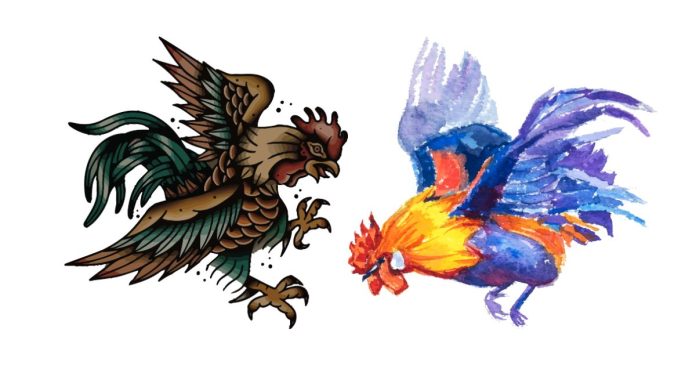When you think of birds, flying is one of the first things that comes to mind. But what about chickens? These farmyard favorites are birds too, yet we rarely see them soaring through the sky. So, are chickens capable of flying? Let’s take a closer look at the anatomy, behavior, and limits of chicken flight.
The Short Answer
Yes, chickens can fly—but not in the way many other birds do. Chickens are capable of short bursts of flight, often covering only a few feet off the ground or a short distance before landing. Their ability to fly is limited by their anatomy and the way they’ve been bred over time.
The Anatomy of Chicken Flight
Chickens belong to the bird family, so they possess the key components necessary for flight: wings, feathers, and lightweight bones. However, their flight abilities are significantly restricted by two factors:
- Body Structure:
Chickens have relatively large, heavy bodies compared to their small wings. This imbalance makes sustained flight nearly impossible. - Wing Shape and Muscle Strength:
Unlike migratory birds with long, powerful wings designed for endurance, chickens have short, rounded wings that are better suited for brief, low-altitude flights.
The Role of Breeding in Flight Ability
Over centuries, chickens have been domesticated and selectively bred for various purposes, such as meat production, egg-laying, or ornamental qualities. This selective breeding has diminished their flight abilities.
For instance:
- Meat breeds tend to be heavier, making flight almost impossible.
- Egg-laying breeds are lighter and may be slightly better at flying, but still lack the stamina for extended flight.
Wild chickens, such as the red junglefowl (the ancestor of domestic chickens), are much more adept at flying. They use their flight abilities to escape predators and roost in trees.
Why Do Chickens Fly at All?
Even though chickens aren’t natural fliers, they do use their limited flight abilities for practical reasons:
- Escaping Danger: Chickens may take a short flight to evade predators or reach a safe perch.
- Reaching Higher Perches: They often use their wings to fly or flutter up to roosts, fences, or low tree branches.
- Exploring: Chickens are naturally curious and may attempt short flights to investigate their surroundings.
Can All Chickens Fly?
Not all chickens are equally capable of flight. Here’s how it varies:
- Bantam Breeds: These small, lightweight chickens are surprisingly good at flying compared to larger breeds.
- Heavier Breeds: Larger chickens like Orpingtons or Cornish crosses are too heavy to achieve much lift.
- Young Chickens: Pullets (young chickens) are often more adventurous and better at short flights, but their abilities decrease as they grow heavier.
Preventing Unwanted Flight
While chickens’ flight abilities are limited, they can still escape their enclosures if motivated. Here are some ways to manage their movements:
- Clipping Wings: Trimming the flight feathers on one wing disrupts their balance, making flight more difficult. This is a humane and common practice among chicken owners.
- Tall Fences: Enclosures with fences at least 6 feet high can prevent most chickens from flying out.
- Covered Runs: A fully enclosed run ensures your chickens stay safely contained.
Chickens are capable of flying, but their abilities are restricted to short, low-altitude bursts. This limited flight serves practical purposes like escaping danger or reaching higher ground, but it’s far from the graceful soaring of other birds.
Whether you’re a backyard chicken keeper or just curious about these fascinating birds, understanding their flight abilities adds to the appreciation of their unique adaptations and behaviors.
Have you ever seen your chickens take flight? Share your stories in the comments below!


